On July 27, 1990, the Romanian Parliament decided that December 1 should become Romania's National Day, the Great Union Day, notes the paper 'Istoria Romaniei in date' (Chronology of Romanian History) (Enciclopedica Publishing House, 2003).
"During the proceedings of July 27, 1990. The Assembly of Deputies debated a report of the Committee for Legal Matters, Discipline, and Immunities of this Chamber, which proposed the following new wording of the law on the establishment of Romania's National Day, namely: "Law on the proclamation of Romania 's Great Union Day. Art. 1 - 'December 1' is proclaimed - Romania's National Day; Art. 2 - Decision of the Council of Ministers no. 903 of August 18, 1949 on the declaration of August 23 as a national holiday, as well as any other provisions contrary to this law are repealed. Subject to the vote, this new wording of the Law on the proclamation of Romania's Great Union Day met with unanimous approval and long applause from the deputies who stood up, being 'the only one that lost neither its significance nor was it blurred by any other events in our political life', as it was emphasized in the initial explanatory memorandum on this bill." (ROMPRES News, Internal News, July 27, 1990).
The President of Romania, Ion Iliescu, promulgated Law no. 10 of July 31, 1990, regarding the proclamation of December 1 as Romania's National Day, the Great Union Day, a law that was published in the Official Journal no. 95 of August 1, 1990. The Constitution of Romania of 1991 and the Constitution of Romania of 2003, republished, stipulate in paragraph (2) of Article 12 that Romania's National Day is December 1, according to http://www.cdep.ro/.
The first December 1 as Romania's National Day was marked in Alba Iulia, on December 1, 1990. Since then, every year, both in Bucharest and in most cities across the country, military parades take place and numerous ceremonies are organized, including wreath-laying, but also other manifestations.
Romania's National Day, between 1866, the year in which Prince Carol of Hohenzollern-Sigmaringen took the oath of allegiance on May 10, being proclaimed Prince of Romania, under the name of Carol I, and the moment of the abdication of King Michael I (1927-1930; 1940-1947), on December 30, 1947, was celebrated on May 10. The same date brought together some of the most important events in Romania's history: the proclamation of Romania's State Independence, although it had taken place on May 9/21, 1877, during the extraordinary session of the Assembly of Deputies, the next day, namely on 10/22 May, Carol I promulgated the Law abolishing the payment of tribute to the Porte, as well as the proclamation in 1881 of the Kingdom of Romania.
The day of King Michael's abdication marked the beginning of the communist dictatorship in Romania, which was proclaimed a people's republic. Starting with 1948 until August 23, 1989, August 23 was celebrated as Romania's National Day. On August 23, 1944, during the Second World War, Romania withdrew from the alliance with the Axis Powers (Germany, Italy and Japan), declared the unilateral cessation of the war against the Allies (France, USSR, Great Britain, United States of America) and it declared war on Nazi Germany and Horthy Hungary.
Bessarabia was the first Romanian province to unite with Romania, an act fulfilled on March 27 / April 9, 1918, when the Country Council, which included representatives of all nationalities, adopted, by a majority of votes, Bessarabia's decision to unite with Romania. On November 15/28, 1918, the General Congress of Bukovina, made up of of elected representatives of the Romanians and nationalities of Bukovina, decided, unanimously, "the unconditional and eternal union of Bukovina, within its olden borders up to Ceremus, Colacin and Dniester with the Kingdom of Romania", according to the volume 'Istoria Romaniei in date' (Chronology of Romanian History) (Enciclopedica Publishing House, 2003).
Present at the National Assembly, convened for November 18/December 1, 1918, in Alba Iulia, in the Union Hall, the former military casino, there were, in addition to the 1,228 delegates (deputies) elected in the constituencies and in all political, cultural, professional, educational, religious, military, women's, trade union institutions and organizations, over 100,000 peasants, workers and townspeople from all parts of the Romanian-speaking world, from Maramures' Iza to Banat region Danube, from the country of Barsa to the Crisuri [rivers in western Romania]'' according to the volume 'Short history of the Romanian people' (Constantin C. Giurescu, Dinu C. Giurescu, 1977).
Vasile Goldis, in his solemn speech, stressed, among other things, the nature of the act to be performed: "Nations must be liberated. Among these nations there is the Romanian nation of Banat and Transylvania. The right of the Romanian nation to be liberated is recognized by the whole world. The freedom of this nation means its union with Wallachia. The fragmentation of the Romanian people was not the result of any economic law, lies being hidden in the terminology. On the contrary ... the territories inhabited by Romanians were Romanian territories. According to law and justice, the Romanians from Hungary and Transylvania, together with all the territories inhabited by them, must be united with the Romanian kingdom."
At the same time, Iuliu Maniu called on the National Assembly to receive the draft resolution, "in order to establish a united and great Romania for eternity and to institute forever a true democracy and full social justice". Josif Jumanca also expressed the adhesion of the Romanian Social Democrats to the union, "because we, the workers, feel one with the whole nation". In his speech, Bishop Ioan I. Papp of Arad emphasized the resemblance of this day to May 15, 1848, and the entire assembly, under the influence of this memory, sang the national anthem "'Desteapta-te romane!'' (Awaken, Romanian!).
Following these speeches, the Resolution was adopted unanimously. At the same time, at the proposal of Alexandru Vaida-Voevod, the Assembly approved the membership of the Grand National Council, a legislative body, composed of representatives of various professions and social categories. Voted in an atmosphere of enthusiasm indescribable in words, the Resolution thus became the historical document through which the centuries-old dream of the Romanian people was realized: Greater Romania.
By Decree-Law no. 3631 of 11/24 December 1918, published in the "Official Journal" no. 212 of 13/26 December 1918, the union was consecrated domestically: "The lands included in the decision of the National Assembly from Alba Iulia of November 18 / December 1, 1918 are and remain forever united with the Kingdom of Romania", according to the volume "History of the Romanians" (vol. VII, volume II, Enciclopedica Publishing House, 2003).

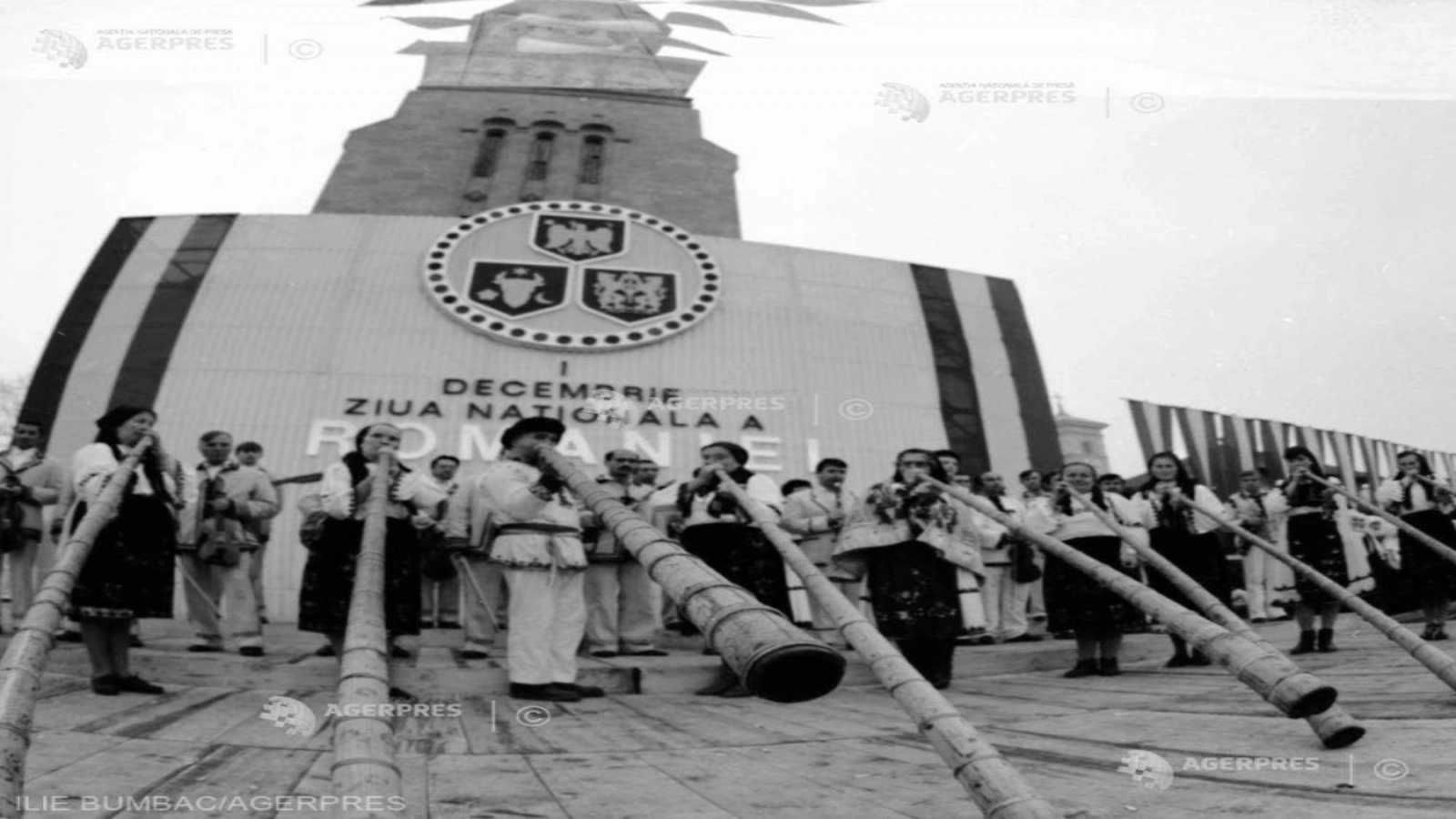




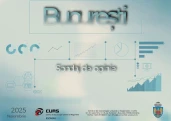

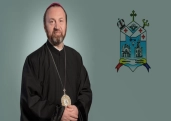


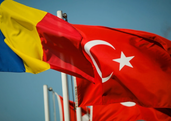



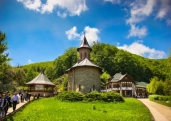
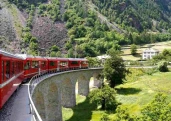
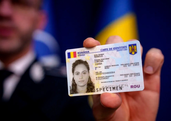


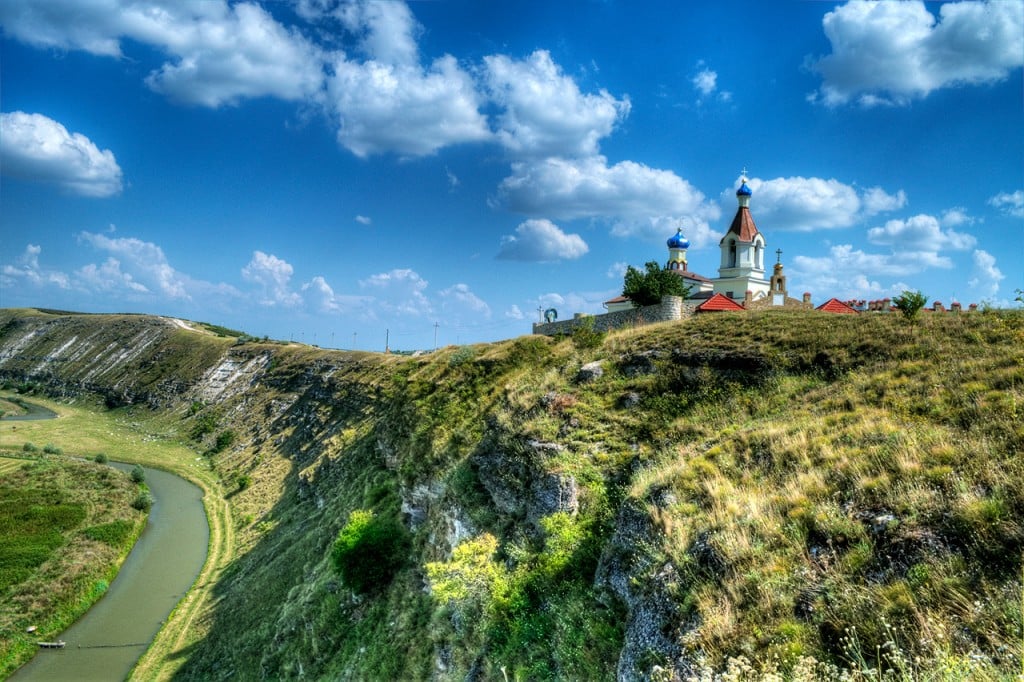
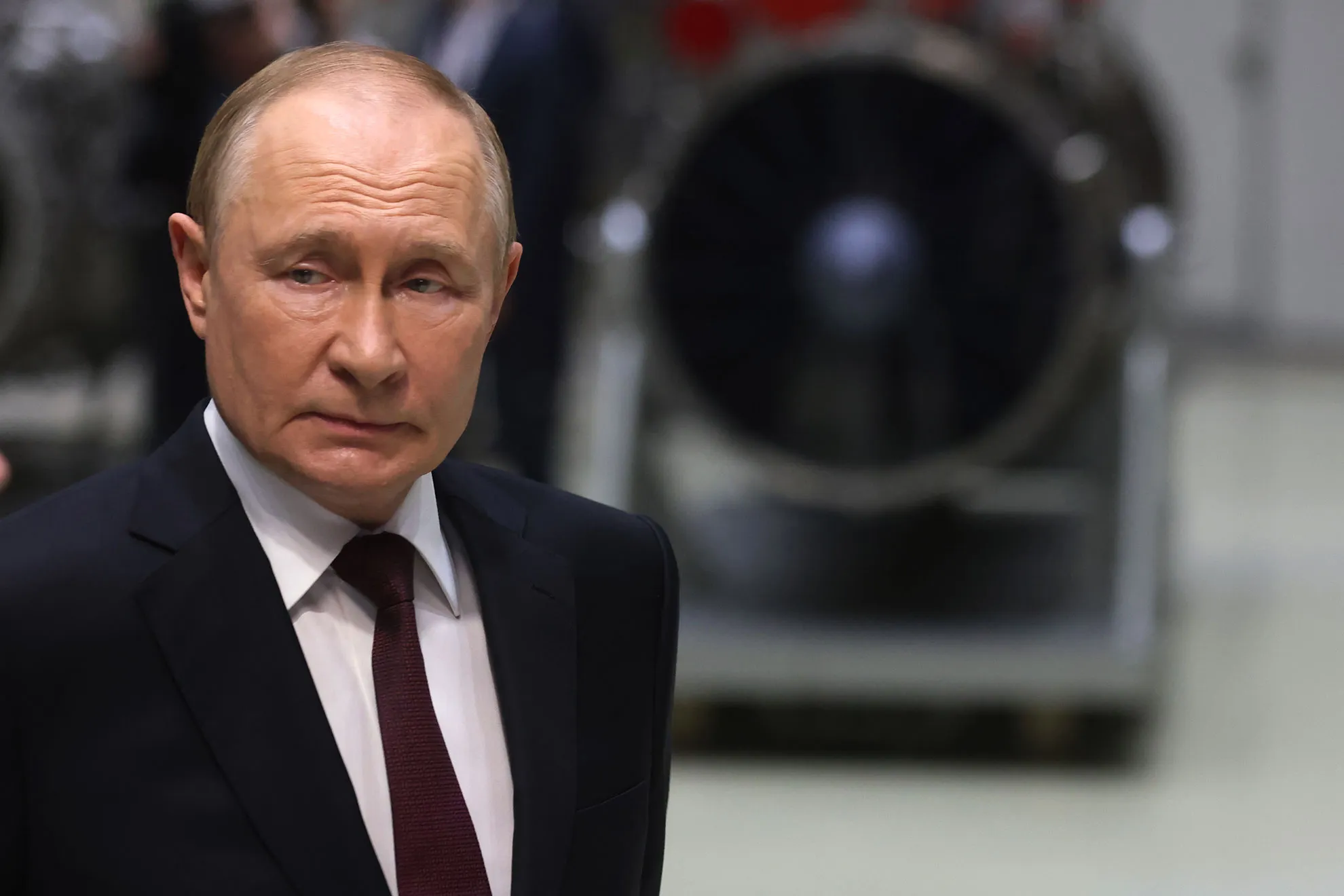











Comentează